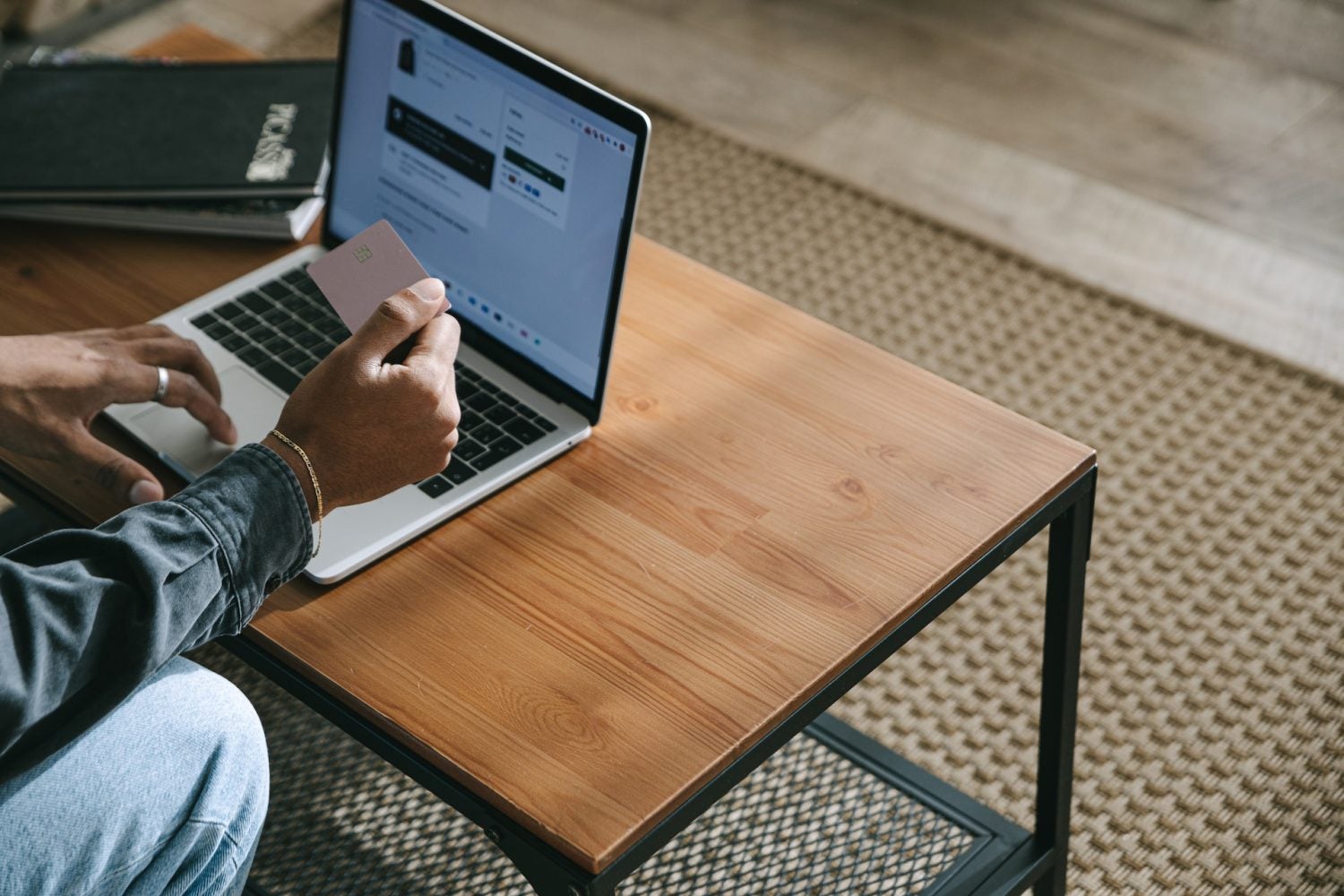Browsing and shopping activities require strict data protection devoid of privacy breaches. Here, we will show you how you can protect your details online.
How Do I Protect My Data while Browsing or Shopping Online
Digital technology has revolutionized our world today. Individuals, corporate organizations, and government institutions make use of computerized systems for their daily operations. With this development comes all forms of menaces, such as data privacy breaches, theft, hacks, unauthorized access, etc. Cybersecurity thus becomes paramount in a bid to surmount these challenges.
Several tools and measures, when diligently put in place, can enable you to easily ward off these online pests and predators, especially when gambling at an online casino. Let’s check out some of them.
How to Become More Secure Online
Follow the simple rules listed below, and you will minimize and even eradicate the activities of online fraudsters, thereby guaranteeing the security and privacy of your data over the Internet.
- Install Antivirus Software on your Devices
Viruses still exist and can do a lot of damage even though they are not as common as they used to be many years ago. For example, Ransomware encrypts your files and demands payment to restore them. Trojan horse programs hack your private information, while Bots turn your computer into a soldier in a zombie army.
A good antivirus can protect against these and many other kinds of malware. Just ensure that your antivirus is properly configured, is working well, and is regularly updated. Do not take chances. There are various antivirus options you can select from, such as Avast One, Bitdefender, McAfee, and Webroot.
- Update Your Software and Devices
On a daily basis, we buy goods and services online, connect with friends and family on social media, send and receive money via Internet banking, and so much more. From time to time, the operating system of our devices, web browsers, and apps receive updates with new features and improved security.
Take a moment to ensure you are always up to date. You can even set your device to update automatically. Remember the saying: “If you’re not paying for a service, you’re not a customer; you’re the product!”
- Password Managers
Always use unique passwords for every login. Turn off the ‘save password’ feature in browsers. It is dangerous to not use passcodes at all or to use only one passcode for all logins. In fact, you should even use different email addresses for different accounts.
Many people fear that they may forget all their passwords. Are you one of them?
Not to worry, remembering all your passwords is not your duty. It is that of a password manager. Your only role is to remember the master password that unlocks the password manager itself. Examples of password managers include LastPass, Zoho Vault, Keeper Password Manager, and Digital Vault. Some password managers have both free and paid options. Some even give you the choice of having a password heir in the event of your demise.
- Use a Virtual Private Network (VPN)
Whenever you connect to a public Wi-Fi or other insecure networks, your IP address becomes exposed. Hackers can monitor all your online activities, including the files you download. Using a VPN can prevent this from happening by creating an encrypted connection between your device and the websites you visit. It does this by routing your traffic through a server owned by the VPN company, thereby making it difficult for anyone, including the owner of the free Wi-Fi connection, to know the main source of your traffic and snoop on your data.
Warning: Beware of free VPNs!
Do you need suggestions on top VPNs you can choose from? If yes, then check out Proton, Nord, and Surfshark VPNs.
- Use Multi-factor Authentication
Many people consider this to be boring, time-wasting, and irrelevant. Don’t be one of them. Enabling multi-factor authentication can be very rewarding as it makes your accounts more secure. Gmail, Dropbox, and Evernote are a few online services that offer multi-factor authentication, and they can vary from fingerprints to facial recognition, biometrics, code sent via text, confirmation buttons, and so much more. Always enable this service when presented with the option.
Conclusion
Usually, the more your online engagement, the more the risk of data theft you are exposed to; but with an online security model that is built on confidentiality, integrity, and availability, you can guide against hacking by intruders. The list of tools and measures mentioned above, and many more, are available at your disposal. Thankfully, most of them are user-friendly, efficient, and affordable.
If you’ve got a knack for security and privacy, you will find it highly beneficial to implement these steps to secure your data online.

















